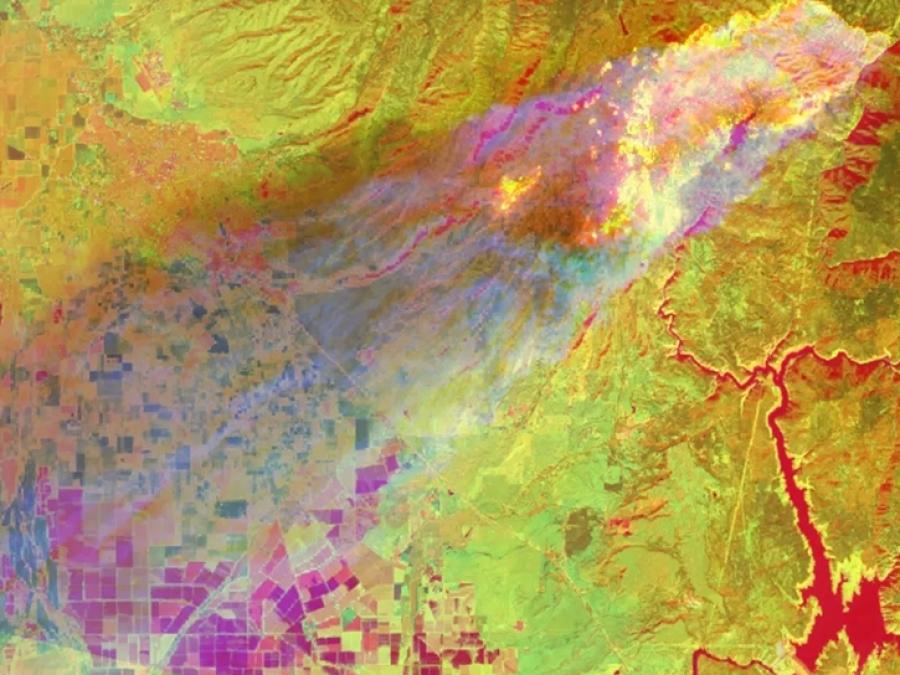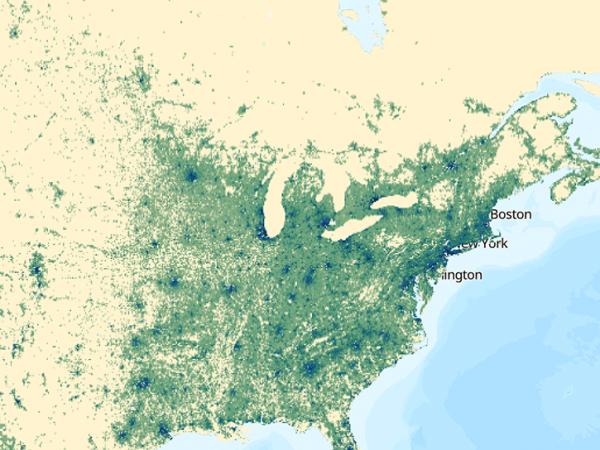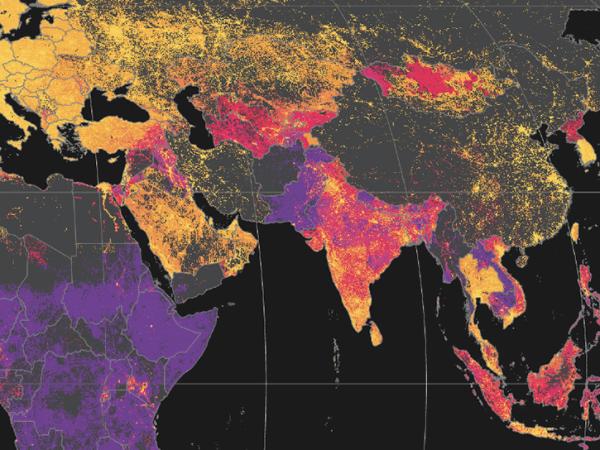SEDAC Communities
SEDAC engages with communities across disciplines. Note that some lists require membership to access content.
Networks
Data Distribution Centre (DDC) of the Intergovernmental Panel on Climate Change (IPCC)
The DDC of the IPCC Provides access to baseline and scenario data related to population, economic development, technology, and natural resources for use in climate impact assessments.
Population-Environment Research Network (PERN)
PERN seeks to advance academic research on population and the environment by promoting online scientific exchange among researchers from social and natural science disciplines worldwide.
Federation of Earth Science Information Partners (ESIP)
ESIP is a diverse network of scientists, data stewards, and technology developers that improves access to Earth science data and information by a wide community of users, including scientists, academics, and the general public.
World Data System
The mission of the World Data System (WDS) is to enhance the capabilities, impact and sustainability of its member data repositories and data services by: creating trusted communities of scientific data repositories; strengthening the scientific enterprise throughout the entire lifecycle of data and all related components creating first-class data that feeds first-class research output; and advocating for accessible data and transparent and reproducible science.
Research Data Alliance (RDA)
The Research Data Alliance (RDA) builds the social and technical bridges that enable open sharing of data. The RDA vision is researchers and innovators openly sharing data across technologies, disciplines, and countries to address the grand challenges of society.
Discussion Lists
PERNSEMINARS - Population-Environment Research Network (PERN) Cyberseminars
Periodic “cyberseminars” (online seminars) hosted by the Population-Environment Research Network, a vehicle for communication on population-environment research topics among members of PERN. Membership in PERN is free-of-charge and open to anyone with interests in population-environment research.
INT-LAW - International Law
A SEDAC-sponsored mailing list that serves as a forum for discussion and sharing of information concerning foreign, comparative, and international (fci) legal resources.
INDICATORS - Environmental and Sustainability Indicators
A SEDAC-sponsored list that serves as a forum for exchange on the broad topic of environmental and sustainability indicators.
HDGEC - Human Dimensions of Global Environmental Change
A SEDAC-sponsored mailing list that serves as a forum for the exchange of information and opinions on the human dimensions of global environmental change.



